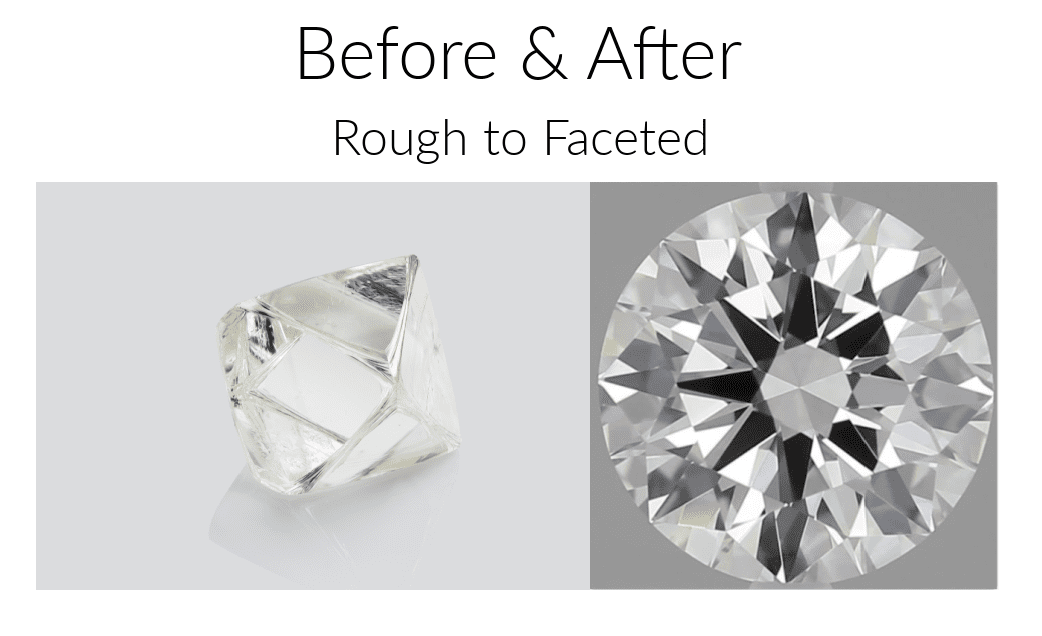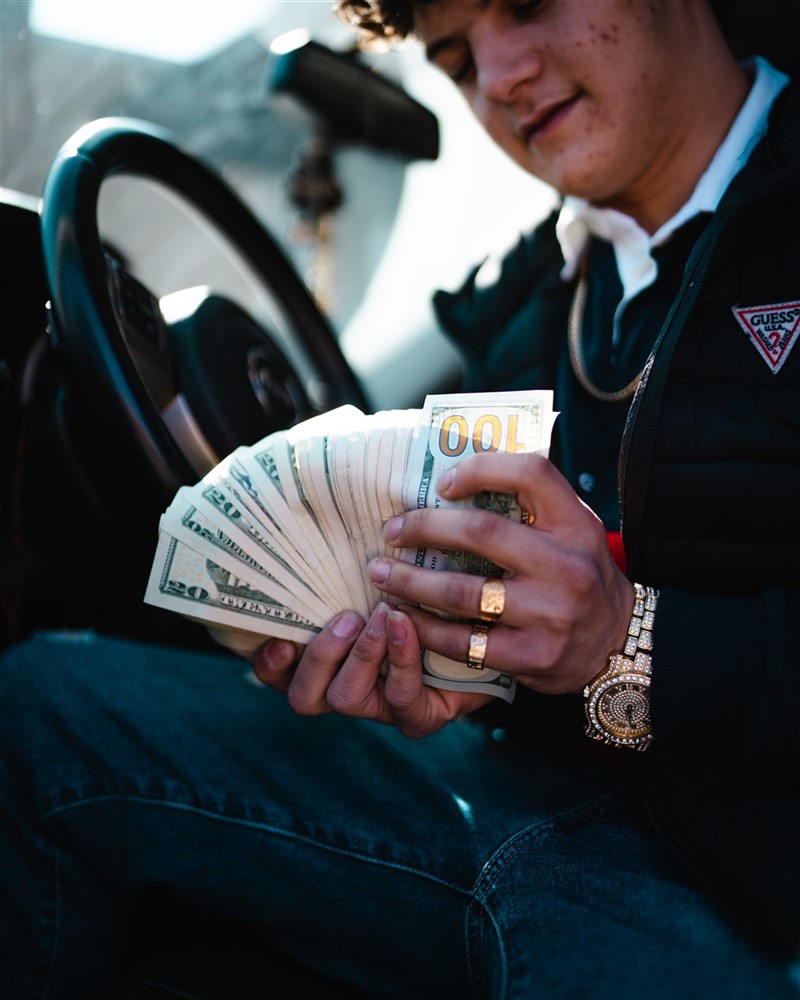Rare Carat's Guide To Large Diamonds | Rare Carat
Like with many things in life, people want more, not less of something. Example, I prefer restaurants that serve ample servings. I enjoy home-style cooking over gourmet which typically reduces the size of its portions. I know that is a silly example but I think you get the point.
It is no different with diamonds. If a bride-to-be had a choice of a .25 carat center stone or a 1.25 carat, most would choose the larger. Hopefully, this article will bring some perspective about how and why larger diamonds are exponentially more expensive and rarer than smaller sizes.
Diamond Rough is Expensive To Mine
Whether it’s pit, alluvial or deep-sea mining, the processing of finding gem-quality diamond rough is extremely expensive. Extensive mining throughout the world began in earnest in the beginning of the twentieth century. This was during the industrial revolution when mining equipment became mechanized. Example: in 1870 approximately 1 million carats of diamonds were mined. Today it is between 175 and 200 million carats. The average mining cost per carat can vary from mine to mine. At the low end of around $90 to $500 dollars. At an average of $200 dollars per carat, 200 million carats would cost 40 billion dollars to extract from the earth.
Larger Diamonds Cost More To Facet And Polish

Once gem-quality diamond rough is found, it must then be faceted and polished to be able to be set in jewelry. It’s logical to assume that melee diamonds (less than .20 carats) cost less to facet and polish than a 1 carat diamond. When diamonds get over 2 carats they are usually only cut by seasoned lapidaries. Every piece of rough that is cut away costs the company money. The trick is to waste as little rough as possible to obtain the best cut. About 60% of a diamonds value is in the precision of the cut. A well-cut diamond displays fire (spectral colors) and brilliance (white light) back to the eye. A poorly cut diamond looks dull and lifeless.
Larger Diamonds Are Not For Everyone?
First, let’s define what constitutes a diamond being classified as large. Did you know that less than 10% of Americans have never physically handled a 1 carat diamond? For many years the average size engagement ring center stone was .25 carats. When a diamond reaches 1 carat (carat equals 100 points) the price per carat begins to increase at an accelerated rate. This is because larger stones cost more to mine and are rarer than melee.
Cut Is Crucial
Just because a diamond is large does not guarantee it is beautiful. You may have heard the term “ideal cut.” In the early twentieth century, Polish engineer Marcel Tolkoswky determined how a diamond (round brilliant) should be cut to maximize its brilliance (light performance). We've taken Tolkoswky's lead and determined the ideal proportions for a round brilliant which is listed below. Don't feel like setting all of those numbers individually on the search page (I don't blame you, who's got time for that?!)? Simply set the cut grade slider to Rare Carat Ideal and voila all of these ideal proportions will be automatically set for you!

- Crown Angle: 33º-35º
- Total Depth: 59% - 63%
- Table: 54% - 60%
- Girdle Thickness: Thin - Thick
- Cut Grade: Excellent (natural) Ideal (lab grown)
- Polish: Very Good to Excellent
- Symmetry: Very Good to Excellent
There is nothing worse than looking at a diamond that looks washed out. When light enters through the table (top) of the diamond, it refracts (changes direction). An ideal cut diamond returns the maximum light back to the eye. A poorly cut diamond leaks light through the pavilion (bottom of the diamond). You would be better off to have an ideal cut .75 carat diamond than a 1.0 carat poorly cut diamond. Bigger is not always better.

Weighing The Cost Vs. Benefit
Large diamonds are very expensive. A 1 carat ideal cut diamond can cost $10000 or more. You could buy a poorly cut 1 carat diamond for under $5000. A 2.0 carat ideal cut diamond could cost $70,000 or more. Before you open your wallet to buy that large diamond, consult with a trained gemologist. Here at Rare Carat, we have a team of experienced gemologists who can answer your questions without charge. We also provide vendors who can save you major dollars on your diamond purchase.
As a trained jewelry appraiser, I suggest you buy the largest ideal cut diamond for your money. In other words, if you have $5000 to spend. You would be better off purchasing a .50 carat ideal cut diamond than a .75 carat poorly cut diamond. Your ideal cut .50 carat diamond can sometimes appear larger because of the way the light returns to your eye.
Some Unsolicited Advice
Buying a large diamond is a major financial decision. Having spent many years as an appraiser and jewelry sales, here are a few suggestions.
- Stay in control of your emotions. Don’t spend more than you can afford. Set a reasonable budget and stick with it.
- Do your homework. Consult with trained jewelers with gemological training.
- Take your time. Don’t rush. Don’t let anyone pressure you into a purchase.
- Try to find the best cut diamonds for your budget. A smaller ideal cut diamond is preferred over one that is poorly cut.
Final Thoughts
I hope you have a better understanding of how larger diamonds are produced and why they demand such high prices. Purchasing a diamond should be fun, not stressful. Don’t make it about keeping up with the Joneses. They don’t pay your bills. Suppress your ego. Buy what you can reasonably afford. Whether it’s a .25 carat or a 2.25 carat diamond, do it for yourself and not to impress others. You can always start of smaller and trade up to larger latter. You’ll be glad you did!


